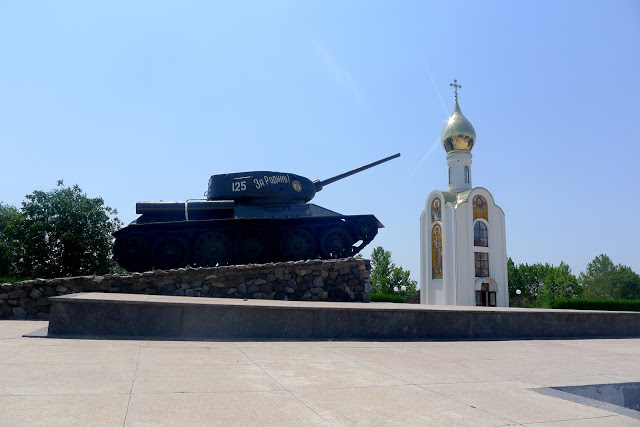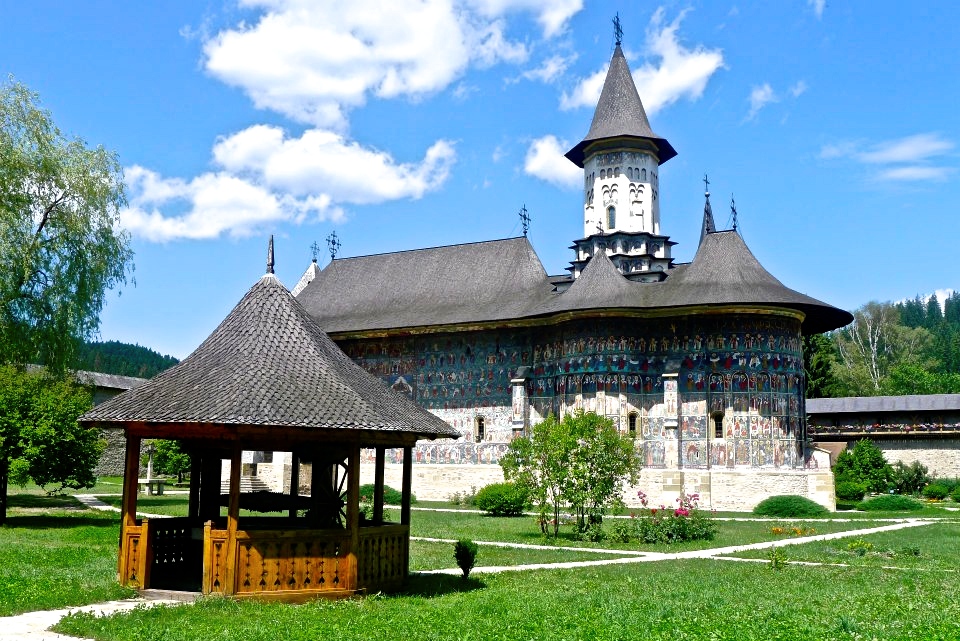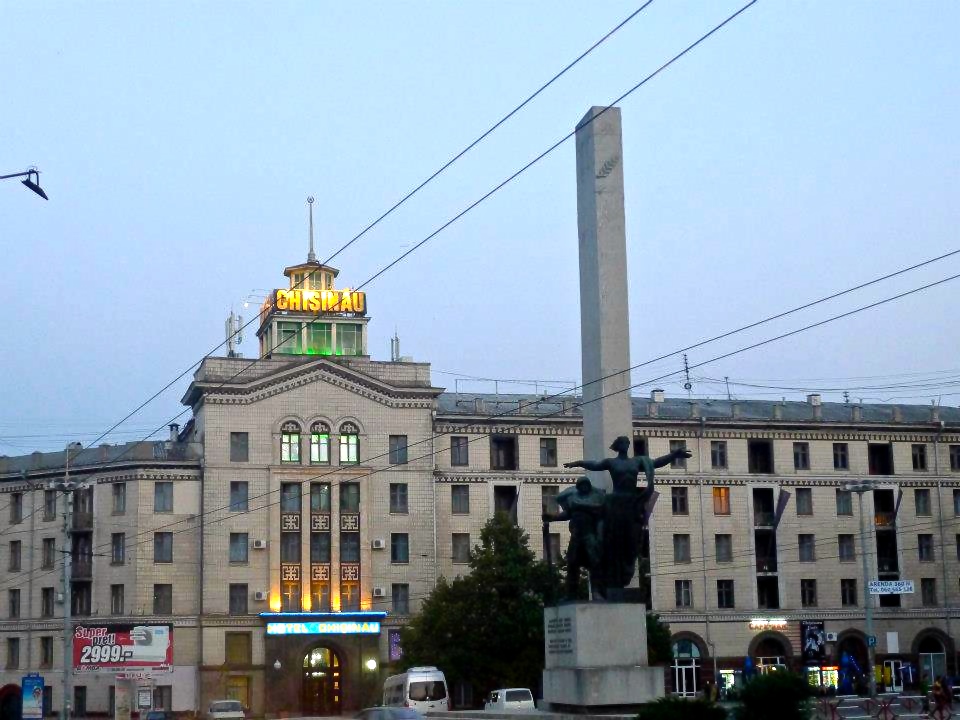
Is This Still Europe? Visiting Chisinau, Moldova
Last Spring, I took a course called Ethnicity and Nationalism in Central and Eastern Europe because I felt as though, despite my familiarity with the area as a tourist, I knew next to nothing about its history.
In the course, we studied the ethnic makeup of the countries, their postwar histories and life before and after Communism. The class gave me an informative, sweeping history of the area that served as a reference point during much of my trip. The course also gave me the opportunity to study one particular country of the region in-depth. I chose Moldova.
Though an unlikely country to focus on when studying Europe beyond the Iron Curtain, I chose Moldova precisely because I felt it would be overlooked by my peers and by the syllabus. Little did I know that the tiny country that lies between the Prut and Dniestr River would hold such a fascinating and turbulent history that could shed light on many of the tensions that are still present in the region.
Moldova has, for years, been caught in a tug-of-war between East and West, between Romania and Russia. Its history has been shaped by foreigners—those who came to stay and those who merely saw it as a buffer zone between two spheres of ideology.
Mention Moldova and those who have heard of the country will probably point to its poverty, its lack of significant tourist attractions and its reputation as one of the world’s leading producers of prostitutes and human organs. The poorest country in Europe is, in many ways, a far cry from its neighbors with their posh cafes, dazzling monuments and influx of tourists.
I saw a stark contrast between Romania and little Moldova. Whereas in Romania most roads are paved, in Moldova we saw little more than dirt tracks leading between houses.
Even the road we took from Iasi to Chisinau was so full of potholes that the journey took nearly four hours to drive 100 km. The fields, too, were different. Romania is a land of rolling green hills and fertile pastures. Moldova contained little more than sunflower fields and gently rolling plains, painted yellow in the summer sun.
I immediately felt disoriented after stepping out of the bus in the central station of Chisinau, for I had been to Europe nearly every year of my life and I had never seen such a dizzying clamor of people on the continent. The Central Bus Station in Chisinau has been engulfed and overrun by a central market that brings swarms of people to areas in and around the terminal. It is packed with people selling fruits, vegetables, clothing and household utensils.
After finally fighting through the crowd at the market, we began walking toward the hotel that our 2004 Lonely Planet guide recommended. Of course we should have known that going with an eight year old guidebook would practically be like going without one at all, but I think we didn’t really realize that until arriving in Moldova.
The first hotel we searched for near the bus station had been out of business for five years. The second was vacant too. As was the
third. Finally, we asked a someone on the street where we would possibly be able to find a place to stay for the night and she pointed to a six story concrete, Soviet monstrosity.

Evidently, tourism in Moldova is a rather nonexistent concept. There are fewer than 20,000 foreign visitors to the country yearly and most are likely people transiting from Romania to Russia. In fact, in our three days in the country, I never saw another tourist—only a group of Mormon missionaries.Tired and ready to put down our bags, we walked to the massive structure and checked in. The receptionist looked at us quizzically, as though seeing American tourists was a bit out of the ordinary.
Curiously enough, though there were very few tourists in the country, I found Chisinau’s main drag to be chalk-full of currency exchange offices. How all these offices receive business, I do not know. Perhaps they were just remnants of Soviet inefficiency.
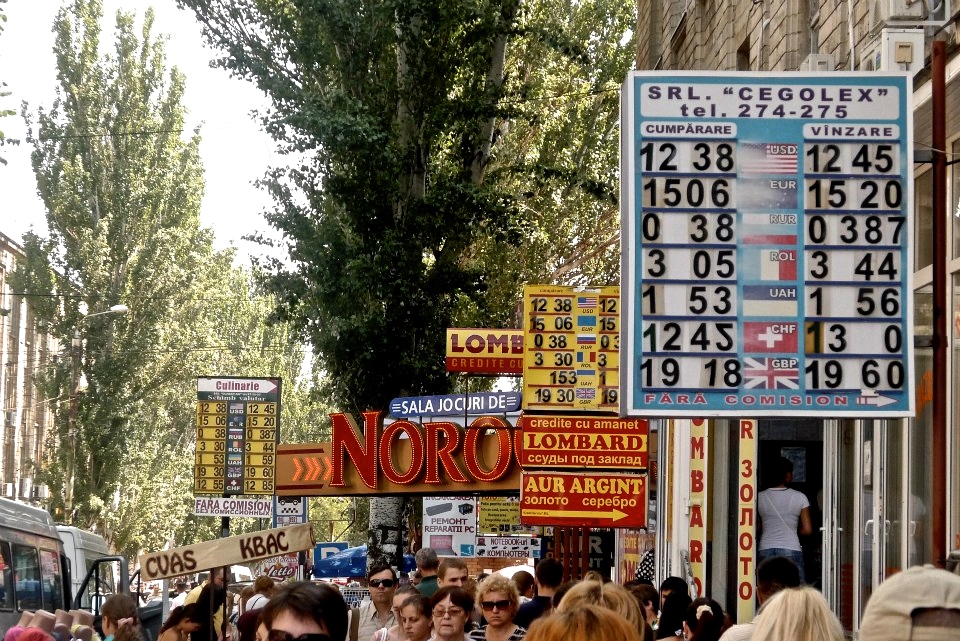
I found Moldova to be a place of contradictions. Chisinau was at once squalid and vibrant, poor and trendy, a place that holds leftovers of the Soviet Union, yet looks toward the future with a visible air of capitalism. It is a place where chaos and desperation mix with sophistication and style.We spent a day in Chisinau, strolling its tree-lined avenues and people-watching in its shaded central parks. It is a relatively green city, despite the omnipresent grey of the Soviet high-rises. The city is surprisingly pleasant, too. Though it is lacking in tourist sites, it does have a vibrant atmosphere and plenty of nightlife.
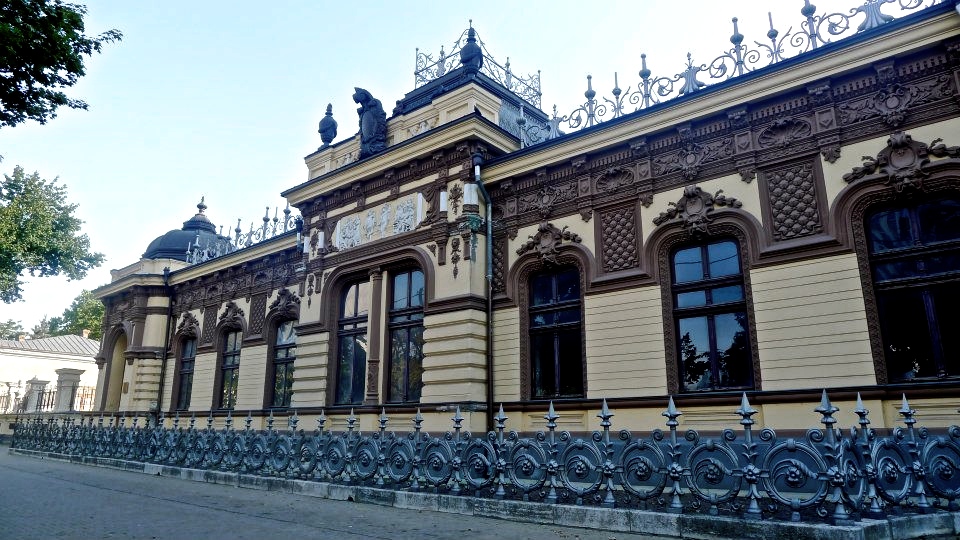
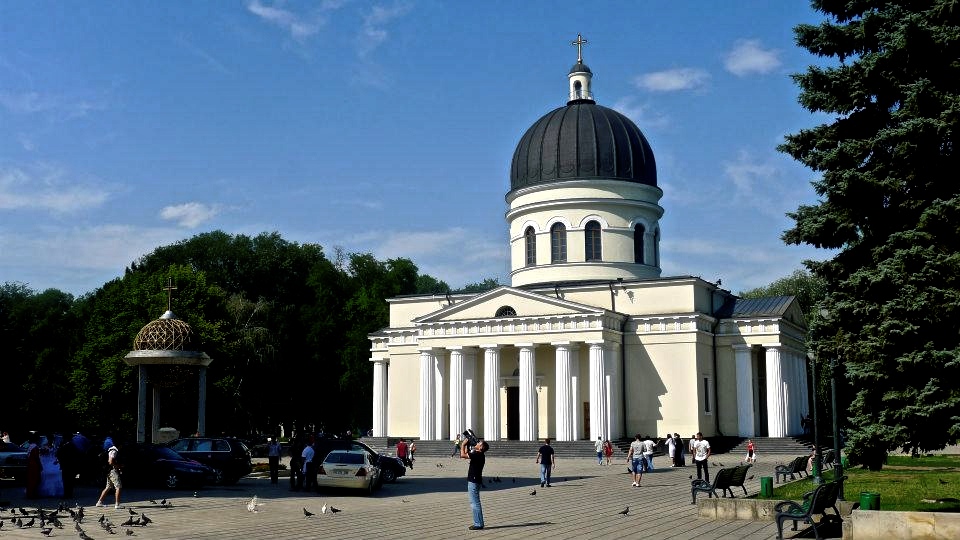
Unfortunately, WWII destroyed much of Chisinau’s historic center and, today, few monuments remain as a testament to the city’s history.After exploring Chisinau for a day, we prepared ourselves for a daytrip across the Driestr River and, consequently, for a voyage back to the USSR.
